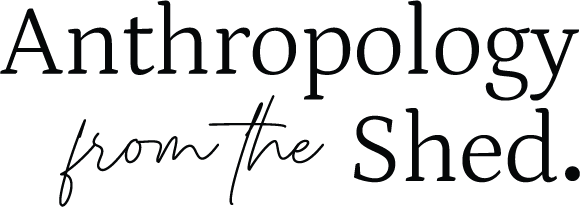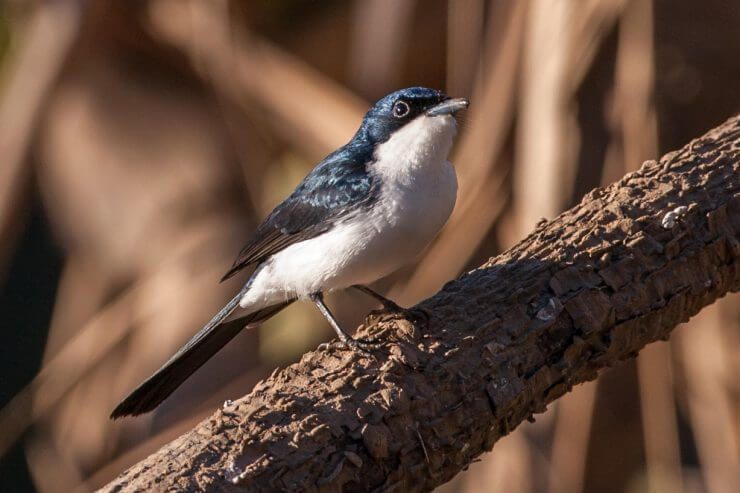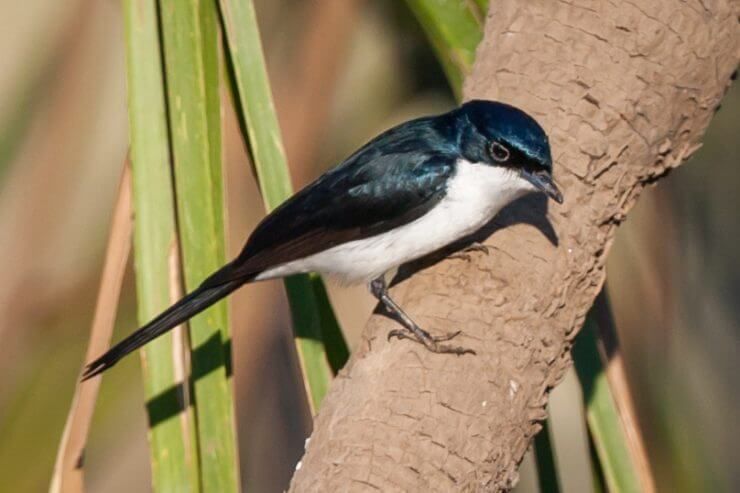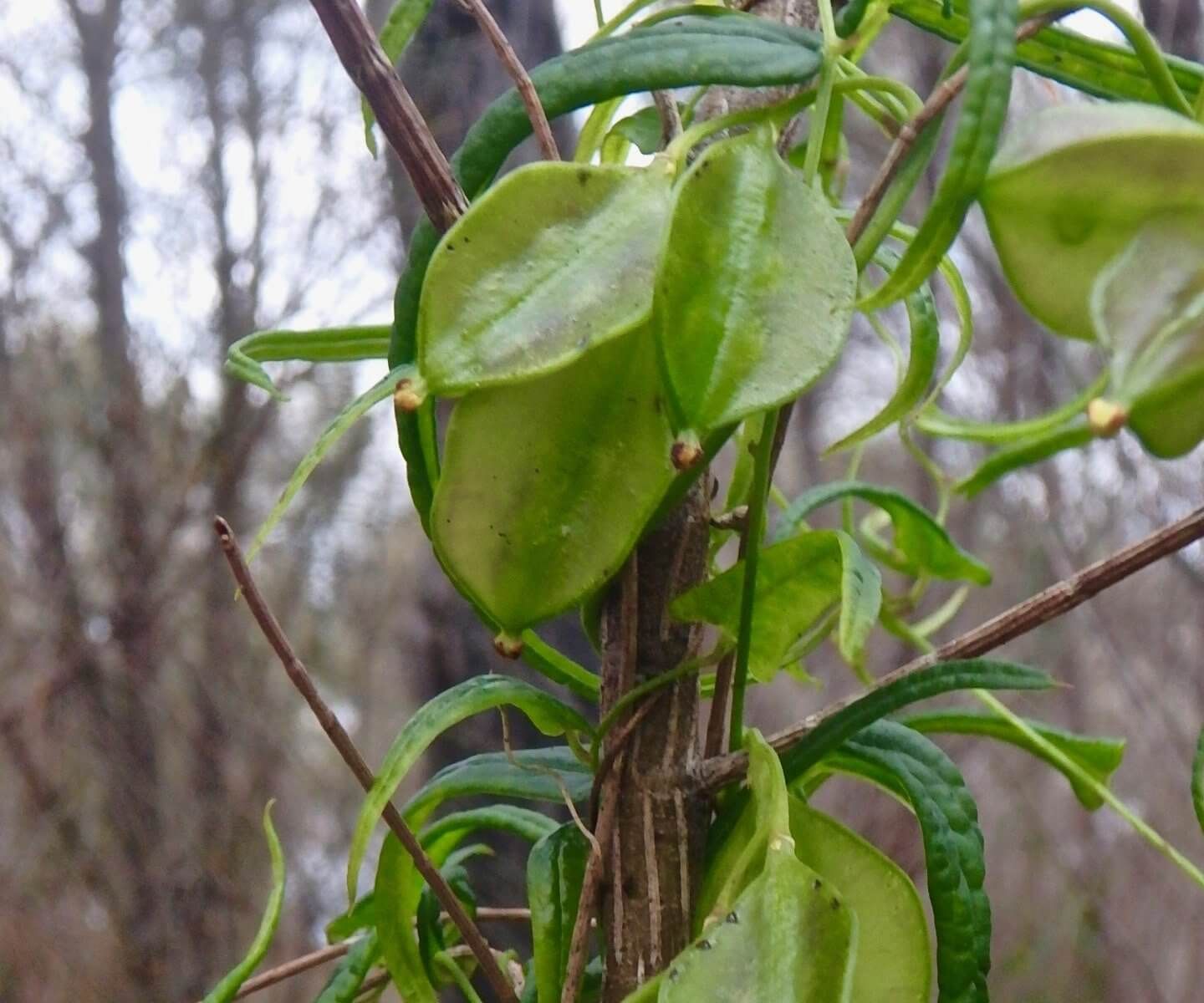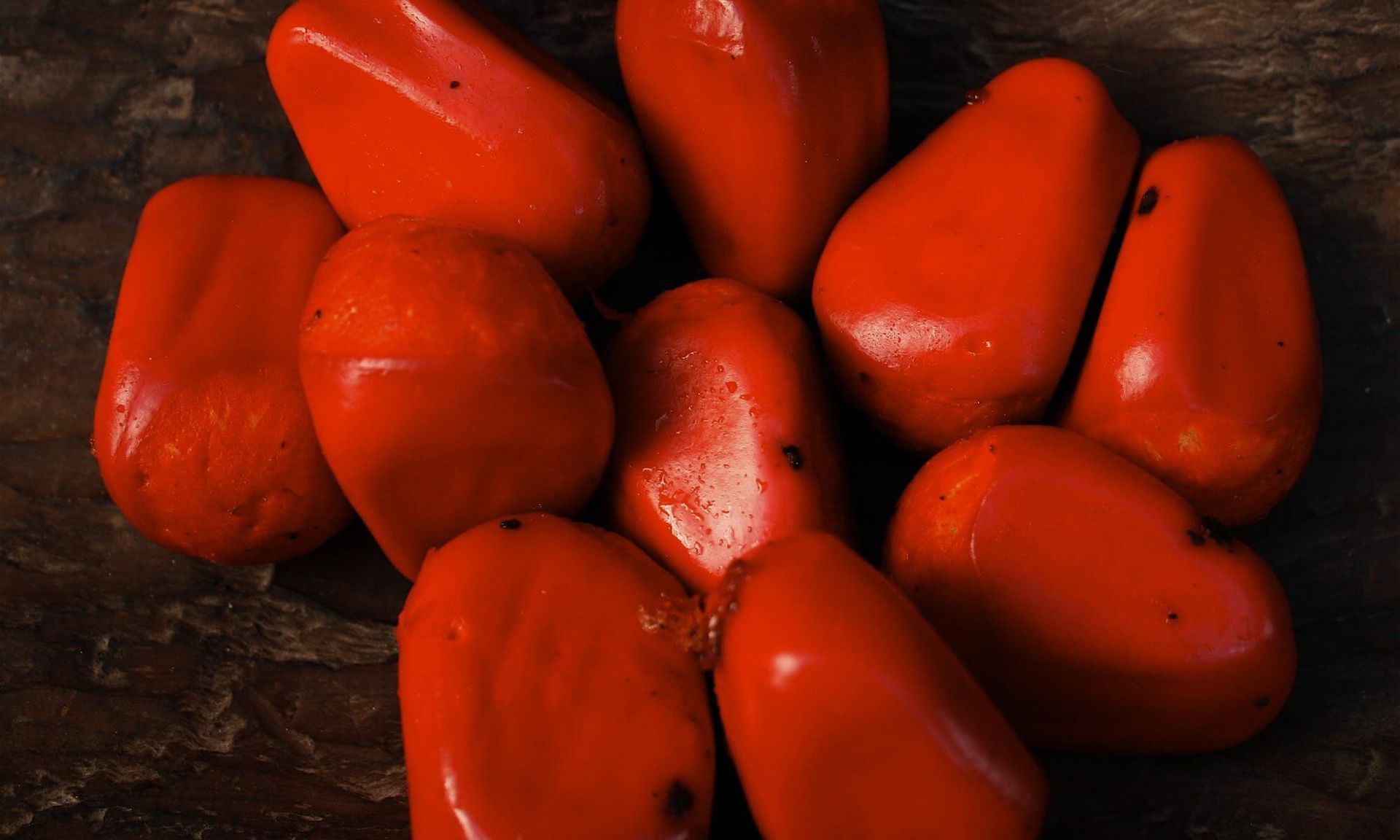Toodyay – A Little Bird’s Song
Prepared by Ken Macintyre and Barb Dobson
Research anthropologists
History is highly dependent on how we interpret the past and what we want to believe now (Macintyre and Dobson 2015).
As long as we can remember there has been a controversy over the meaning and origin of the name Toodyay. We have been led to believe by our local Council that the name derives from a Ballardong term Duidgee meaning “place of plenty.” No matter how hard we have tried, we have not been able to find any linguistic or ethnographic evidence to support this translation. So where does this meaning come from?
Did it originate from a comment in the Perth Gazette and Western Australian Journal by the colonial botanist James Drummond who wrote that while exploring Toodyay Brook in 1836:
‘I learned from Babbing that this place was called Duidgee, and that it is a favourite haunt for the natives, no doubt, on account of some of its natural productions. The cat’s tail, or reed mace, – the plant described by Mr. Moore as a sort of flag or sedge, -grows in abundance in the bed of the stream. This plant is one of great importance to the natives, as furnishing a great portion of the food of their women and children, for several months in the year…’’ (Drummond 7th May 1836)
Has Drummond’s comment over time been misinterpreted to suggest that Duidgee or Toodyay means “place of plenty”? Could the abundance of bulrushes that Drummond observed in the bed of the stream at the front of his property be the source of this theory as he does suggest that the Typha plant is a significant seasonal food source.
Ethnohistorical research shows that Typha rhizomes were traditionally harvested between March and May. See our paper on “Typha root: an ancient nutritious food in Noongar culture” at https://www.anthropologyfromtheshed.com/typha-root-an-ancient-nutritious-food-in-noongar-culture
“Duidgee” does not mean bulrushes or ‘place of plenty.’
Was Drummond’s question about the name of the place, if it was ever asked, actually understood by Babbing? Drummond was not fluent in the native language and would have been limited to basic pidgin-English. His Scottish accent may have further obscured the communication process and fuddled his orthographic renditions of indigenous names. We wonder if this was the reason he did not ask Babbing the meaning of the term Duidgee rather than making his own assumptions about the place.
Drummond tells us that Babbing was a Noongar from the Canning River area. We would suggest that being outside of his country would have caused Babbing considerable anxiety as it was customary at that time not to enter another group’s territory without invitation. To add to the picture Drummond tells us that Babbing’s brother was sorcerised and fatally speared “in this neighbourhood” on the same day that they were ‘on the Duidgee.’ He points out that Babbing was ‘happily ignorant’ of this fact. However, we would suggest the opposite and that based on Babbing’s behaviour as described by Drummond it is more likely that Babbing had a premonition of his brother’s death and a strong sense of foreboding that something would happen to him. This would explain why he was so nervous and refused to spend the night in the valley of the Avon. Drummond describes him as ‘extremely anxious to get some distance on the road home, [and] could not be prevailed upon to stop.’ However, this does not explain why Babbing called the place Duidgee.
Our interpretation is that Babbing may have been nervously describing the sound of a small messenger bird (or birds) in the creek line vegetation, such as the grey fantail (Rhipidura albiscapa ), restless flycatcher (Myiagra inquieta) or even the willie wagtail (Rhipidura leucophrys) which were often found along watercourse habitats. The presence and sometimes unusual behaviours of these small birds were often anxiously interpreted by Noongar people as an omen of bad news. Could Babbing have heard or seen a warra (bad) bird, auguring the death of his brother?
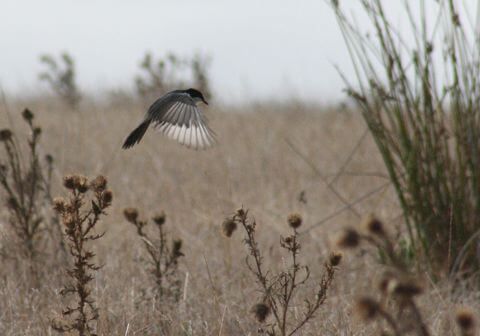
Curious as the puzzle is, Drummond must surely have already known the name of the district in which his land grant was located. According to Landgate records ‘The Avon River, in the vicinity of the area now known as West Toodyay was surveyed by George Smythe between 1832 and 1833’ Smythe’s survey map shows ‘a river downstream of the West Toodyay area named “Toudgee River”’ (communications with Landgate Dec 2017).
The place name “Toodye” was later documented in 1834 by an anonymous recorder based on information provided by Weenat, an Aboriginal informant. The unknown recorder who was obviously fluent in the Noongar language transcribed numerous Aboriginal place names en route to “Toodye” from the head of the Swan River (see Shoobert 2005: 388).
The variant names Toudgee, Toodye, Toodyay, Doudgee and Duidgiup (’up’ meaning ‘place of’) appear on early maps of the Toodyay area with reference to the river, creek and valley. These varying renditions simply reflect the differing orthographies used by the different recorders. Another variant is”Toodyoy” which appears on an early map (undated, probably late 1830’s?) compiled from the surveys of John Septimus Roe and others. A map dated 1833 by John Septimus Roe shows Dale and Moore’s 1831 route through (what is now known as the Toodyay valley) but it does not provide any name.
Another interpretation of the origin of the name Toodyay is that it derives from the name of a beautiful Aboriginal woman called Toodyeep who was much celebrated by George Fletcher Moore (the first Advocate General of Western Australia) as “the fairest of the fair.” Moore also spells her name as Doodyeep in his early letter and journal entries for 1833 (see Cameron 2006:232). In 1836 young Toodyeep and her husband Coondebung accompanied Moore on part of his journey north of Perth to the Moore River. However, neither Moore nor Drummond makes any suggestion that the name Toodyay is derived from Toodyeep. This idea was first mooted in 1929 in an article in the Sunday Times by Victor Riseley, a long-term resident of Toodyay. It has since become enshrined in the Landgate Geonoma records as a possible origin for the name. However, it was more likely the other way around and that Toodyeep derived her name from the locality in which she was conceived, born or raised – this was not an unusual cultural naming practice for both male and female inhabitants of an area.
Riseley’s assumption, which is still believed to this day by some people, is a fanciful, albeit erroneous one. So too is the idea that Duidgee means ‘place of plenty.’ They are nothing more than local white myths.
If Toodyay wants to be called a ‘place of plenty’ in the indigenous language, then we would suggest a name change to boolaring or boolarup (bool or boola meaning ‘plenty’ and ing or up, meaning ‘place of’). Or maybe they could even borrow the name Boolgart [Bolgart] which derives from bool, meaning plenty and gartda, possibly referring to the abundance of ducks or waterfowl. The Noongar term boola was generally used in association with seasonally abundant natural resources. Place names were often mental map reference points to seasonal resources.
Birds and their calls were highly significant in Noongar culture. Many were important totems and featured strongly in local mythologies. It is not unlikely that one of these small totemic avian identities, such as the flycatcher or fantail, may have given its name to the place known as Toodye (1834) or Duidgee (1836). These birds commonly frequent the riparian vegetation of rivers and creeks in the Toodyay area. We believe that the most likely candidate is the restless flycatcher whose call has been recorded by Pizzey and Knight (2012: 438) as “‘chewee, chewee, chewee,’ each phrase rising at end” or what Morecombe and Stewart describe as“too-ee song” (Australian Birds phone app. 2011)
It is not uncommon for Aboriginal bird names to be onomatopoeic, that is, an imitation of the bird’s call. As one senior Noongar Elder expressed it ‘the bird calls its own name.’
Next time you walk beside a river or creek in Toodyay listen carefully and you might hear duigee-duigee, or toodye – toodye especially towards sundown.
POSTSCRIPT
Another indigenous place name that derives its meaning from a small bird (or birds) is the neighbouring district of Chittering. Its extensive marshy swamps and rivers and fringing bulrush vegetation (Typha domingensis) attracted a rich bird life. The name Chittering has been popularly translated to mean ‘place of the willy-wagtail’ (Noongar, jitte-jitte or chitti-chitti), which is also known as ‘black-and-white fantail’ (Pizzey and Knight (2012: 432). We would suggest that Jittareing or Chittering is more likely a broad descriptor encompassing a range of small birds i(flycatchers, fantails and others) which frequented the riparian vegetation of the river valley and swamps of this district. The earliest recorded names for the area which appear in ethnohistorical sources and early maps are Jayder, Jaideep,Jittare, Jederup and Jittareing all of which may be translated as ‘place of birds’ for jeder, dyeeda, jitta, jida, jeeda all denote “bird” + up or ing, ‘place of.
ANNOTATIONS
- Note: It is a well accepted fact that when Noongar terms are rendered into the written form they may be spelt in many different ways depending on the preferred orthography of the writer or a particular Aboriginal group (e.g. Noongar can be spelt Nyoongar, Nyungar, Nyungah etc). Variant spellings of Toodye include Duidgee, Doudgee and Toodje. In Noongar linguistics “t” and “d” represent the same sound and are considered interchangeable and likewise ‘u’ and ‘oo’.
- ‘The Avon River, in the vicinity of the area now known as West Toodyay was surveyed by George Smythe between 1832 and 1833 and is shown on DP225665 (DP AVON RIVER – folios 9-11). Perhaps of some interest is that there is a river downstream of the West Toodyay area named “Toudgee River”’ (information received from Landgate 20-12-2017).
